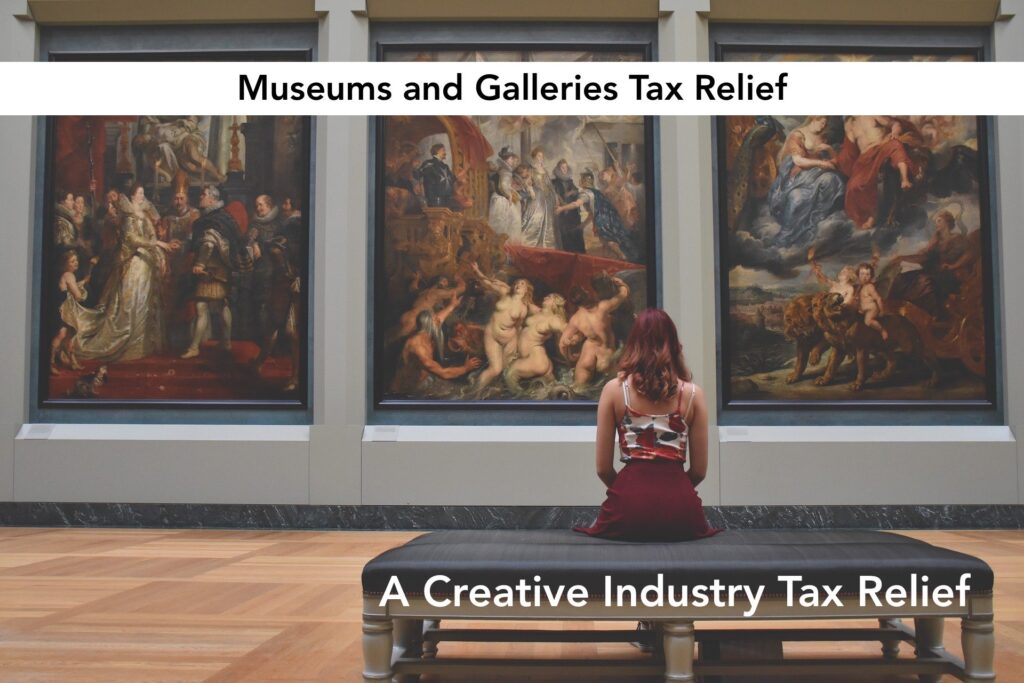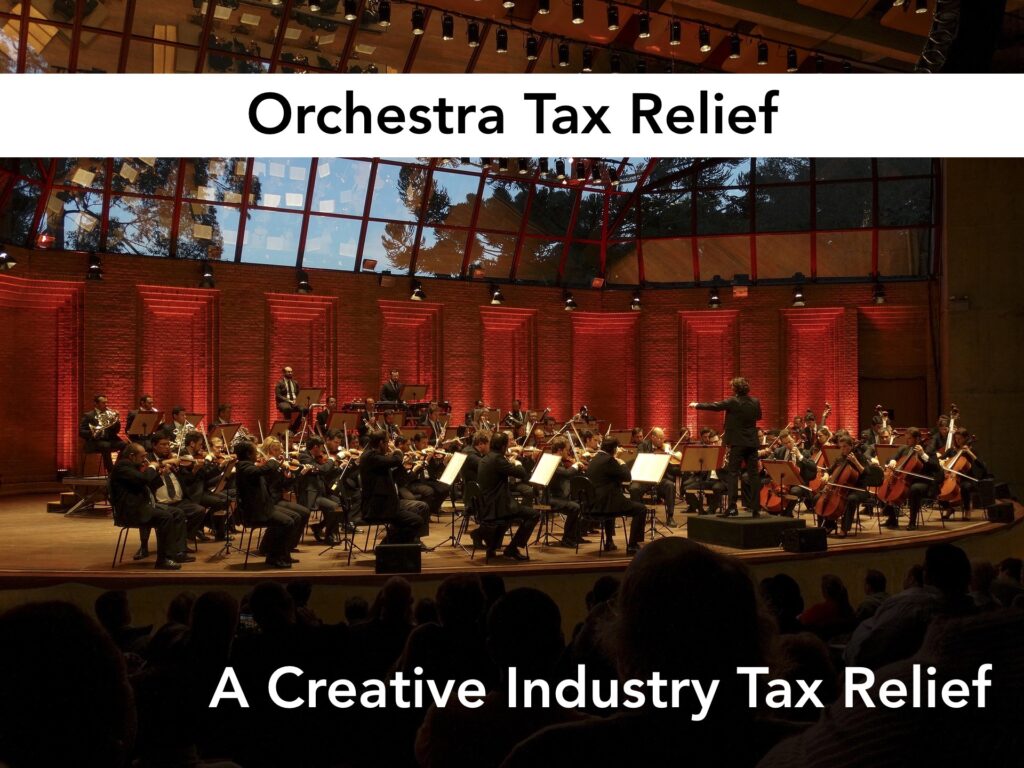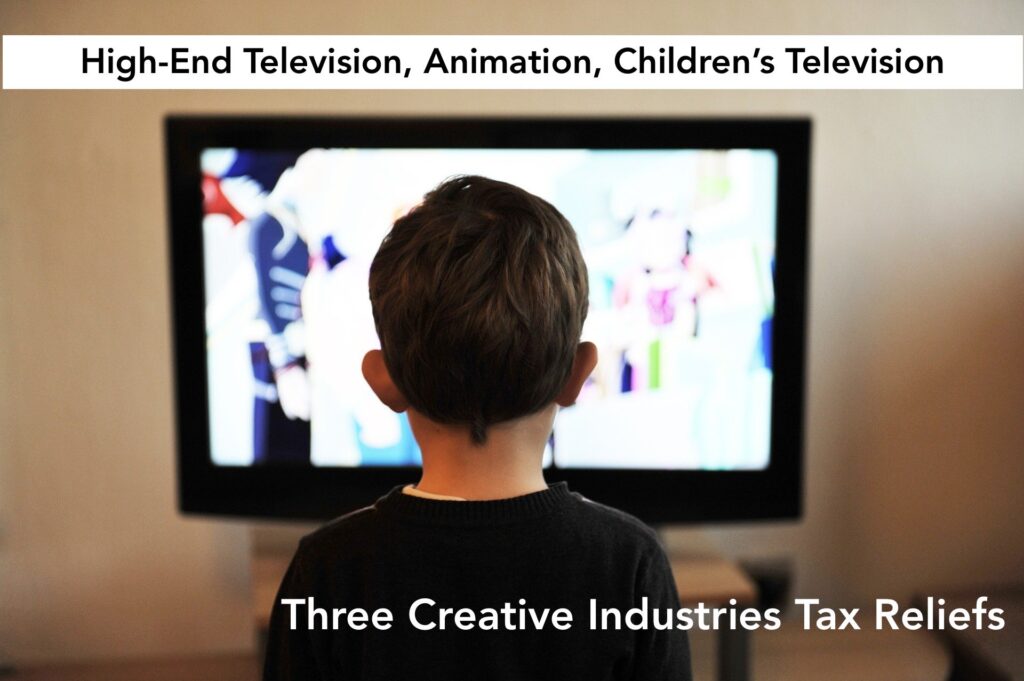It’s probably fair to say that Museums and Galleries are not traditionally thought of as big powerhouses of the economy! But their cultural and educational value cannot be underestimated. With the pandemic closing most of these venues for at least some period of time over the last 12 months, there have been some tough times, and worries about how the sector will get ‘back to normal’ over the coming months.
Fortunately, there is already a government scheme which can help museums and galleries save on the costs of mounting exhibitions. Museums and Galleries Tax Relief is one of the Creative Industry tax reliefs – a group of 8 Corporation Tax reliefs that allow qualifying companies to increase their amount of allowable expenditure. This can reduce the amount of Corporation Tax the company needs to pay, or in the case of a loss, may allow them to convert some or all of this loss into a payable tax credit.
Museums & Galleries Tax Relief
Museums and Galleries Exhibition Tax Relief is available to qualifying primary and secondary production companies that put on a qualifying exhibition. Qualifying companies must be a charitable company which maintains a museum or gallery. Alternatively the company must be wholly owned by either a charity which maintains a museum or gallery, or a local authority which maintains a museum or gallery.
A qualifying exhibition:
- is a curated public display of an organised collection of objects or works considered to be of scientific, historic, artistic or cultural interest
- can be a single object
- has at least 25% of core expenditure spent on goods or services that are provided from within the European Economic Area (EEA)
Notable exceptions include exhibitions which are organised in connection with a competition, or where anything displayed is for sale or alive. Exhibitions that include live performance are also exempt, unless this is proven to be an incidental part of the exhibition.
To qualify as the sole primary company you must make an effective creative, technical or artistic contribution, be actively engaged in planning and decision-making, directly negotiate, contract and pay for rights, goods and services, and be responsible for producing and running the exhibition at at least its first venue. To qualify as one of the secondary production companies you must be responsible for producing and running the exhibition at at least one venue, and be actively engaged in decision-making in relation to that venue.
If you qualify, you can claim 80% of core expenditure, or the total amount of EEA core expenditure, against your Corporation Tax, whichever is the lower amount. Core expenditure is expenditure on producing the exhibition, and uninstalling and closing the exhibition if it’s open for one year or less. If you make a loss, some or all of this loss can be surrendered for a payable tax credit at a rate of 20% or 25% if it is a touring exhibition. To qualify as a touring exhibition, it must have been intended from the planning stage to tour, the exhibition must be held at more than one venue, with at least 25% of the objects or works displayed at the first venue displayed at every subsequent venue, and there should be no more than 6 months between uninstalling at one venue and installation at the next venue.
You can make your claim on your company tax return and may make, amend or withdraw a claim up to one year after the company’s filing date.



